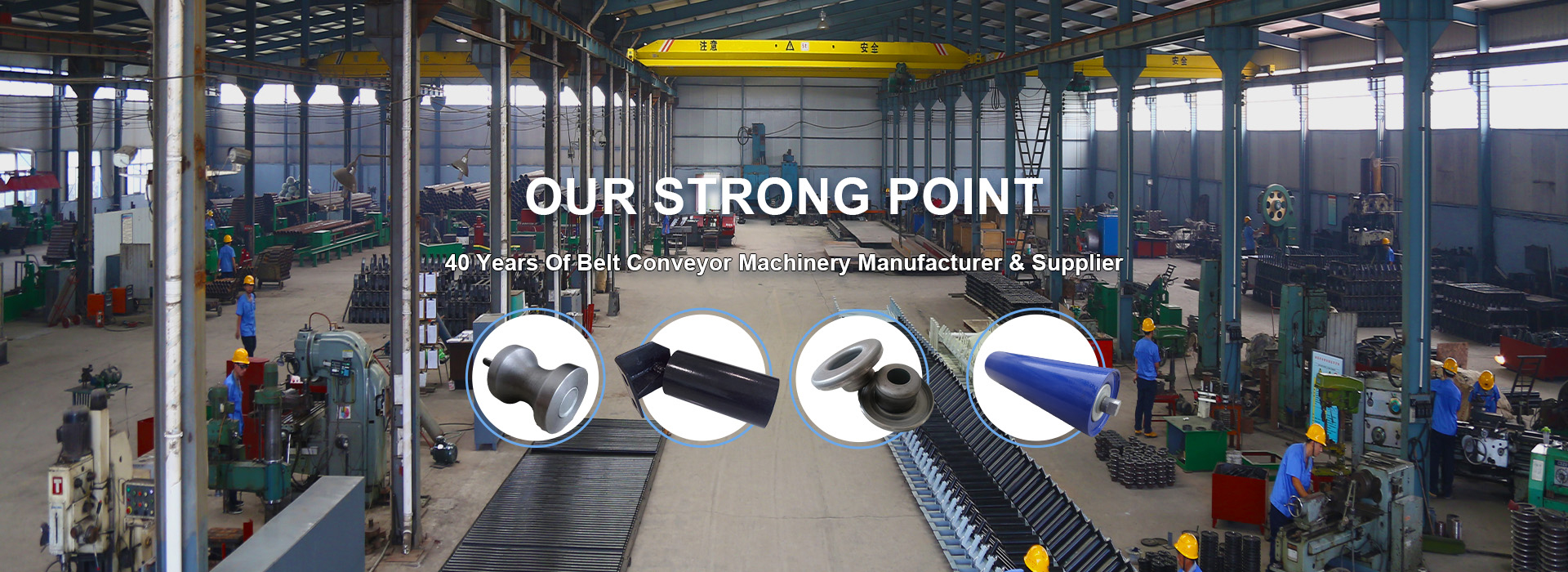 Afrikaans
Afrikaans  Albanian
Albanian  Amharic
Amharic  Arabic
Arabic  Armenian
Armenian  Azerbaijani
Azerbaijani  Basque
Basque  Belarusian
Belarusian  Bengali
Bengali  Bosnian
Bosnian  Bulgarian
Bulgarian  Catalan
Catalan  Cebuano
Cebuano  Corsican
Corsican  Croatian
Croatian  Czech
Czech  Danish
Danish  Dutch
Dutch  English
English  Esperanto
Esperanto  Estonian
Estonian  Finnish
Finnish  French
French  Frisian
Frisian  Galician
Galician  Georgian
Georgian  German
German  Greek
Greek  Gujarati
Gujarati  Haitian Creole
Haitian Creole  hausa
hausa  hawaiian
hawaiian  Hebrew
Hebrew  Hindi
Hindi  Miao
Miao  Hungarian
Hungarian  Icelandic
Icelandic  igbo
igbo  Indonesian
Indonesian  irish
irish  Italian
Italian  Japanese
Japanese  Javanese
Javanese  Kannada
Kannada  kazakh
kazakh  Khmer
Khmer  Rwandese
Rwandese  Korean
Korean  Kurdish
Kurdish  Kyrgyz
Kyrgyz  Lao
Lao  Latin
Latin  Latvian
Latvian  Lithuanian
Lithuanian  Luxembourgish
Luxembourgish  Macedonian
Macedonian  Malgashi
Malgashi  Malay
Malay  Malayalam
Malayalam  Maltese
Maltese  Maori
Maori  Marathi
Marathi  Mongolian
Mongolian  Myanmar
Myanmar  Nepali
Nepali  Norwegian
Norwegian  Norwegian
Norwegian  Occitan
Occitan  Pashto
Pashto  Persian
Persian  Polish
Polish  Portuguese
Portuguese  Punjabi
Punjabi  Romanian
Romanian  Russian
Russian  Samoan
Samoan  Scottish Gaelic
Scottish Gaelic  Serbian
Serbian  Sesotho
Sesotho  Shona
Shona  Sindhi
Sindhi  Sinhala
Sinhala  Slovak
Slovak  Slovenian
Slovenian  Somali
Somali  Spanish
Spanish  Sundanese
Sundanese  Swahili
Swahili  Swedish
Swedish  Tagalog
Tagalog  Tajik
Tajik  Tamil
Tamil  Tatar
Tatar  Telugu
Telugu  Thai
Thai  Turkish
Turkish  Turkmen
Turkmen  Ukrainian
Ukrainian  Urdu
Urdu  Uighur
Uighur  Uzbek
Uzbek  Vietnamese
Vietnamese  Welsh
Welsh  Bantu
Bantu  Yiddish
Yiddish  Yoruba
Yoruba  Zulu
Zulu Guide Rollers for Steel Processing Applications and Their Benefits
Understanding Steel Guide Rollers A Comprehensive Overview
Steel guide rollers play a crucial role in various industries, particularly in material handling and manufacturing systems. These essential components are designed to facilitate the smooth movement of materials, ensuring efficiency, safety, and longevity in operations. This article delves into the various aspects of steel guide rollers, including their types, applications, advantages, and maintenance tips.
What are Steel Guide Rollers?
Steel guide rollers are cylindrical components that help guide and direct the movement of materials along a specific path. They are typically made from high-quality steel to withstand heavy loads and resist wear and tear. The design of these rollers allows them to provide minimal friction and excellent load-bearing capabilities, making them suitable for various applications, from conveyor systems to automated machinery.
Types of Steel Guide Rollers
There are several types of steel guide rollers available, each designed for specific applications
1. Fixed Rollers These rollers remain stationary and help direct the movement of items on conveyor belts and production lines. They are crucial for maintaining alignment and preventing material spillage.
2. Adjustable Rollers These allow for flexibility in guiding materials and can be repositioned based on the needed configuration. They are ideal for systems that require frequent changes in layout or material size.
3. Heavy-Duty Rollers Built to handle substantial loads, heavy-duty guide rollers are used in industries such as construction and manufacturing where large, heavy materials are common.
4. Specialized Rollers Some businesses may require custom rollers designed for specific applications, such as those that must resist corrosion or operate in extreme temperatures.
Applications of Steel Guide Rollers
Steel guide rollers are utilized in a multitude of industries, including
- Manufacturing In production lines, guide rollers are essential for moving products smoothly and efficiently from one station to another, minimizing delays and maximizing throughput.
- Construction They assist in the handling of heavy materials on site, allowing cranes and other equipment to move loads safely and effectively.
- Warehousing In inventory management systems, guide rollers enable efficient loading and unloading processes, enhancing the overall logistics of goods movement.
steel guide roller

- Automotive In automotive assembly lines, steel guide rollers help direct components through the various stages of production, contributing to streamlined operations.
Advantages of Steel Guide Rollers
The use of steel guide rollers offers numerous benefits
- Durability Constructed from high-quality steel, these rollers are resistant to wear and tear, ensuring they can handle intensive use over extended periods.
- Efficiency By reducing friction and facilitating smoother movement, steel guide rollers can significantly improve operational efficiency in various systems.
- Versatility With a range of sizes and designs, steel guide rollers can be adapted for different applications, making them a versatile choice in many industries.
- Safety Properly functioning guide rollers enhance safety by reducing the risk of material misalignment or accidents during handling and transport.
Maintenance of Steel Guide Rollers
To ensure the longevity and optimal performance of steel guide rollers, regular maintenance is essential. Here are some maintenance tips
1. Regular Inspections Check for signs of wear, such as uneven surfaces or excessive friction, and replace rollers as needed.
2. Lubrication Keep rollers properly lubricated to minimize friction and prevent premature wear.
3. Alignment Checks Ensure that rollers are correctly aligned with the guiding systems to avoid complications in material movement.
4. Debris Removal Keep the area around the rollers clear from debris to prevent obstruction and damage.
In conclusion, steel guide rollers are indispensable components in modern manufacturing and material handling systems. Their ability to enhance efficiency and safety makes them a critical investment for businesses aiming to optimize their operations. By understanding their types, applications, advantages, and maintenance, industries can leverage these components for improved performance and longevity in their processes.
-
Revolutionizing Conveyor Reliability with Advanced Rubber Lagging PulleysNewsJul.22,2025
-
Powering Precision and Durability with Expert Manufacturers of Conveyor ComponentsNewsJul.22,2025
-
Optimizing Conveyor Systems with Advanced Conveyor AccessoriesNewsJul.22,2025
-
Maximize Conveyor Efficiency with Quality Conveyor Idler PulleysNewsJul.22,2025
-
Future-Proof Your Conveyor System with High-Performance Polyurethane RollerNewsJul.22,2025
-
Driving Efficiency Forward with Quality Idlers and RollersNewsJul.22,2025





























